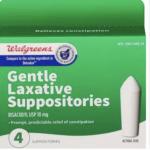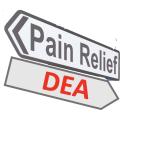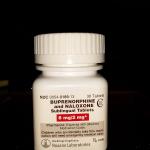I’ve written about this stupidity before. I’ll do it again next year. It will still be stupid then. [1]
DEA
Join Cameron English and Dr. Chuck Dinerstein on Episode 124 of the Science Dispatch podcast as they discuss:
Join Cameron English and Dr. Chuck Dinerstein on Episode 95 of the Science Dispatch podcast as they discuss:
Join Cameron English and Dr. Chuck Dinerstein on Episode 85 of the Science Dispatch podcast as they discuss:
Join Cameron English, Dr. Chuck Dinerstein and Dr. Barbara Billauer as they examine marijuana's evolving legal status on Episode 63 of the Science Dispatch podcast:
The DEA is chasing its tail, and it's hardly the first time.
Last March, I wrote about a recent episode of “Cops Pract
When the California legislature passed a bipartisan bill one month ago that would decriminalize possessing and












